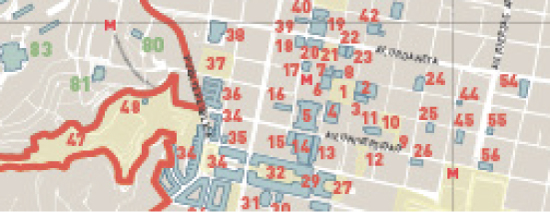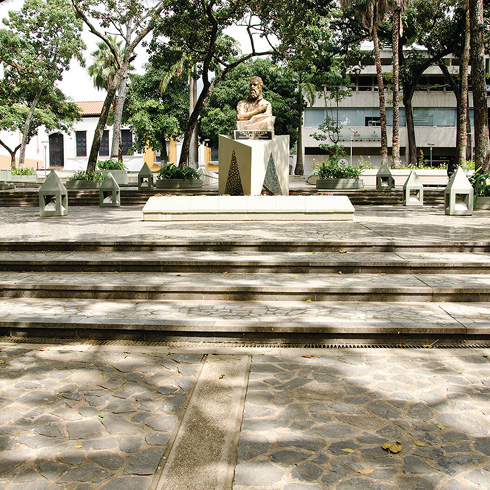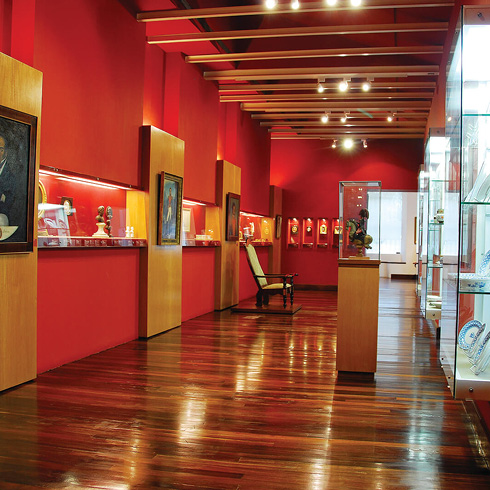JAC
In the late nineteenth century, to celebrate the centennial of the Libertador’s birth, Guzmán Blanco ordered the reconstruction of Juan Domingo Sacramento Infante’s Church of the Santisima Trinidad, destroyed by the 1812 earthquake, and converted it into the National Pantheon. The work, previously designed by Solano, was entrusted to Juan Hurtado Manrique, Julián Churión, Tomás Soriano and Roberto Garcia, who finished it in 1875. For its 1875 inauguration, the remains of Francisco Rodríguez del Toro, Ezequiel Zamora, José Gregorio Monagas, Manuel Ezequiel Bruzual, and Juan Crisostomo Falcón were moved there and, in 1876, those of Bolívar. For the Independence Centennial, the building was modified again. The project was Chataing’s, who altered the façade, repaired the supports and roofs, and changed the interior decoration. In 1929, Basque Manuel Mujica Millán was hired to restore it. He added the 48 meters high central tower and changed the style of the façade. The National Pantheon is divided into three naves, and has masterful paintings by Antonio Salas Díaz narrating episodes of Bolívar’s life. The remains of one hundred and forty personages rest inside, from Irish general Daniel O’Leary or Italian colonel Agustín Codazzi, to composer Teresa Carreño and novelist Teresa de la Parra. The main altar was occupied by the monument to Simón Bolívar until the construction of the mausoleum. The building is a National Monument since July 25, 2002.

DF-39

DV







